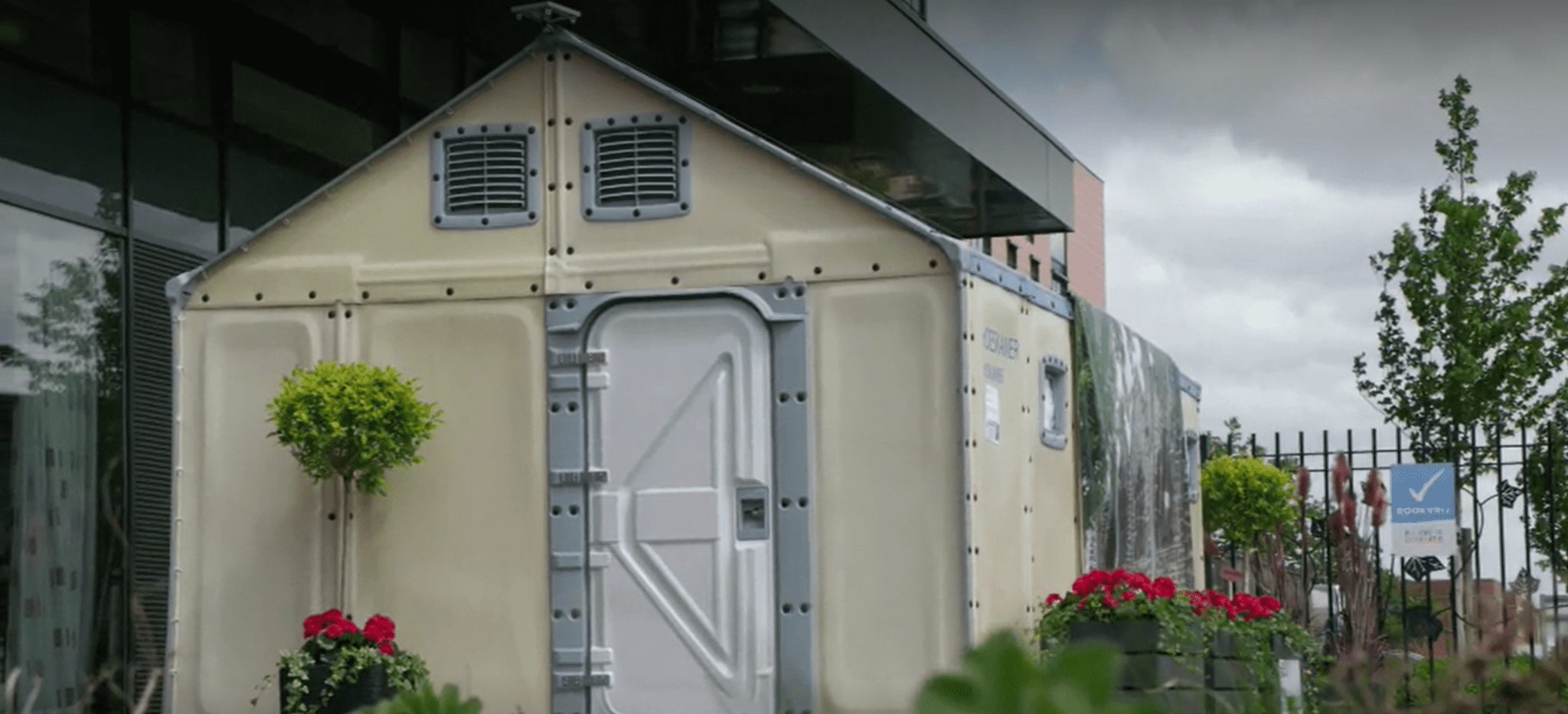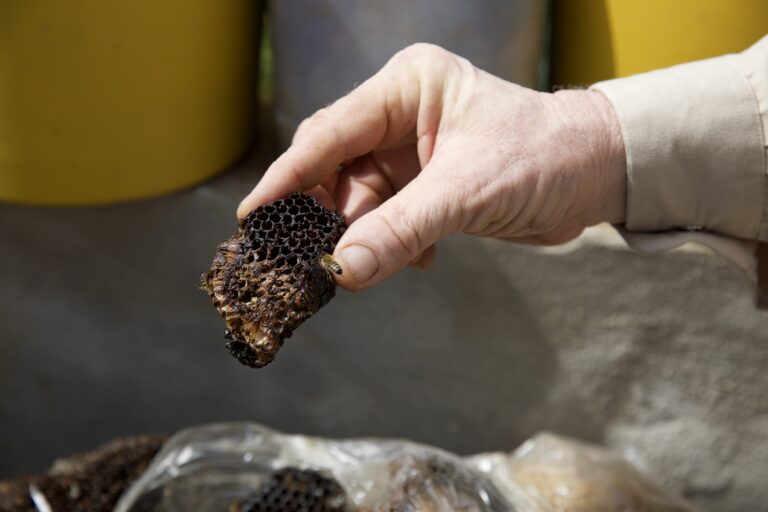Mrs. Lousberg celebrated her 93rd birthday together with friends and family after months of isolation. The company SABIC has made it possible for her and many other elderly care home residents to meet their loved ones inside Better Shelter “living rooms” without the risk of catching covid-19.
The last months have been extremely challenging for many people around the world, as the Covid-19 pandemic has torn through communities. At the time of writing, it has claimed as many as 516,000 lives. While many who fall seriously ill do recover, it is an unpredictable disease which has led to people fearing for their own and loved ones’ health. The pandemic has had a strong negative impact on economies around the world and there are many who worry about the future and their ability to care for and support their family.
On top of this, elderly people have had to face their worries in solitude, without support and care from children and grandchildren. As men and women over a certain age have been deemed especially at risk for the virus, many have been quarantined for several months to avoid falling ill.
“Missing their families is the worst thing for our residents at the moment. We hope to meet them halfway with this wonderful project.”
Karin Sillen-Lemmens, Hoogstaete Care Centre
In the Netherlands, SABIC – a global leader in the chemicals industry – wanted to do something to help people in isolation. Is there a way we can bring relatives of different ages together without risking their health, they wondered? They came up with the idea of a portable meeting space divided in two, which could be placed outside care homes. SABIC decided that the Better Shelter would fit the purpose and donated several units to elderly care homes across the Netherlands. These were assembled outside the main entrances and transformed into cozy living rooms with a customized transparent screen in the middle. The screen divides the shelter into two separate areas, and lets families gather safely on both sides of the screen without the risk of spreading the disease to elderly relatives.




